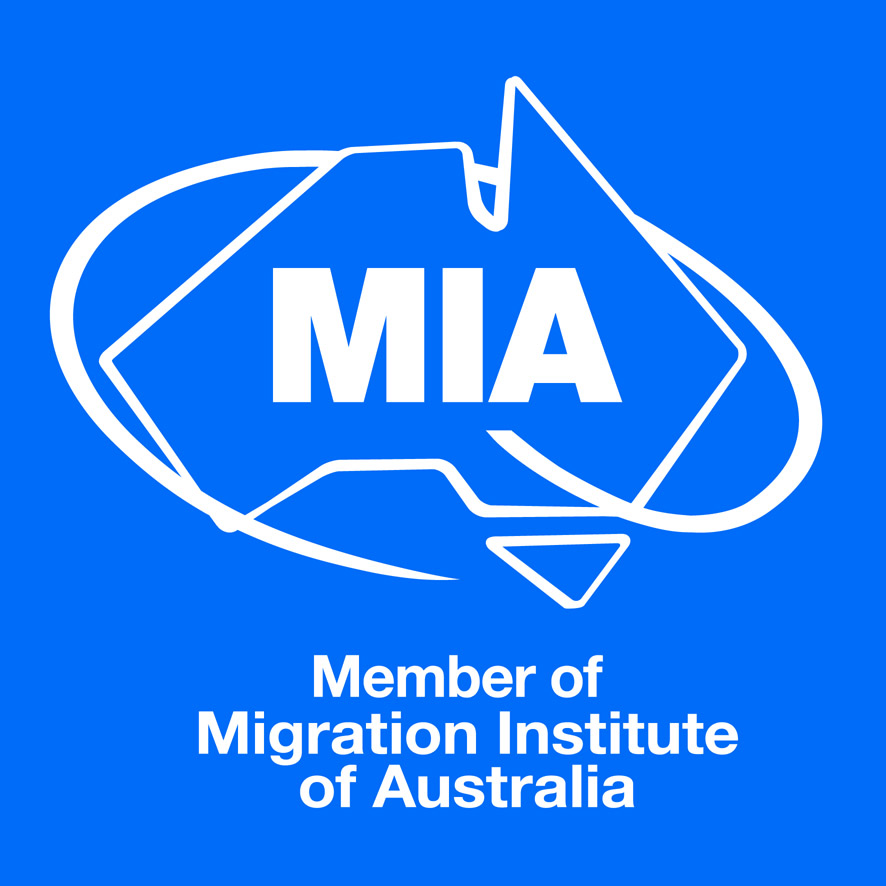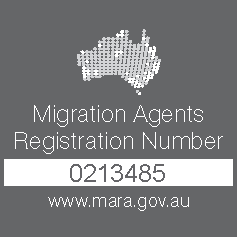Border Control
Major boost for Australian border controls
As Europe continues to grapple with the humanitarian catastrophe of Mediterranean migration deaths, an increasing number of countries are looking to Australia as a source of border control inspiration. Known for its tough stance on unauthorized migrants, it would seem that Australians themselves do not consider the current arrangements robust enough. In response, Australia’s border security is about to undergo a ‘once in a generation’ overhaul which is likely to mean an increasingly rigorous style of policing national boundaries. With passenger movements across the country’s borders expected to experience a sizeable increase from around 33 million people in 2012-13 to an estimated 50 million people by 2020, it is clear that innovative ways will need to be found to deal with this increasing demand. The soon to be formed Australian Border Force is seen to be the answer to this challenge and is designed to be fit for purpose for the years ahead. Here we look at the background to this new agency and how immigration will be affected by its formation.
Australian Border Force – the vision Previously rejected by the 2008 Review of Homeland and Border Security, the idea of a single border security agency once again came to the fore as part of the 2014 National Commission of Audit. Based on the premise that a combined agency would strengthen national borders while at the same time save money, the proposed structure of the new organization reflects international best practice. It takes into account successes as well as failures in overseas models and is designed to meet the needs of Australia’s particular circumstances. A Senate committee recently endorsed the legislation which will create the new Australian Border Force. The Bill now requires final approval which is expected to be achieved in the next sitting.
Structural changes
The new agency essentially combines the border control functions of the immigration department with those of the customs service. Equipped with substantial powers, officers will be able to seek warrants to access stored communications, freeze crime proceeds and carry out controlled operations. The agency’s objectives will be to protect Australian borders from the threat of illegal immigration and also cargo such as weapons and drugs. With such significant power comes an equal dose of responsibility and this has been recognized in the stringent internal testing which will be applied to agency staff. Subject to regular drug, alcohol and anti-corruption analysis, officers will be expected to act in an exemplar manner. Current customs boss (previously ACT Police Chief) Roman Quaedvlieg will be in charge of the new force when it officially begins operations – expected to be July 1st 2015. As well as the merger, the creation of a National Border Targeting Centre will mean closer working relationships between the agency and nine partner bodies such as the Australian Federal Policy, Australian Security Intelligence Organization, and the Australian Crime Commission. This will ensure a nationally co-ordinated approach to the targeting of illegal activities as well as the management of travelers.
It’s a numbers game
Creating the Australian Border Force is expected to achieve significant long term financial savings. The short term looks quite different however with major upfront investment required to establish the new agency. The federal government recently announced an additional cash injection of $400 million. This is on top of the $711 million already allocated to the creation and sustainment of the new organization over the next six years. While much of the budget will go on staffing costs, in the longer term the combined workforce is expected to fall by around 480 jobs. Another major area of expenditure is new technology including the implementation of Smartgate passport technology for international visitors. Keeping up with counter-intelligence developments is also a major priority for the agency with investment in areas such as IBM’s Watson. This cognitive computing platform will allow the agency to examine relevant information which may be concealed in unstructured data sources like government reports and news feeds. A new website, Border.gov.au will also be launched to represent the combined functions of the Customs and Immigration Departments.
Immigration impact
While it is early days in terms of predicting how the new agency will influence immigration practice on the ground, it is widely anticipated that staff will use the enhanced flow of information to improve their decision making processes. In a recent speech, Immigration Department secretary Michael Pezzullo said that, “Staff will, where necessary, be expected to say ‘no’ more often than they do now, where circumstances warrant and within the law,” He denied however that Australia’s shutters would be coming down and insisted that the overall flow of visitors would continue to increase. That is not to say that there will be a weakening in the stance adopted by the Australian government, with the ‘stop the boats’ policy seemingly here to stay.
Citations
http://www.9news.com.au/national/2015/05/07/19/23/new-border-force-on-the-way
https://www.immi.gov.au/About/Pages/australian-border-force.aspx
http://www.customs.gov.au/webdata/resources/files/Australian-Border-Force.pdf
Author: Gemma Brooks
All views expressed here are the views of the Author and not necessarily VSA.







